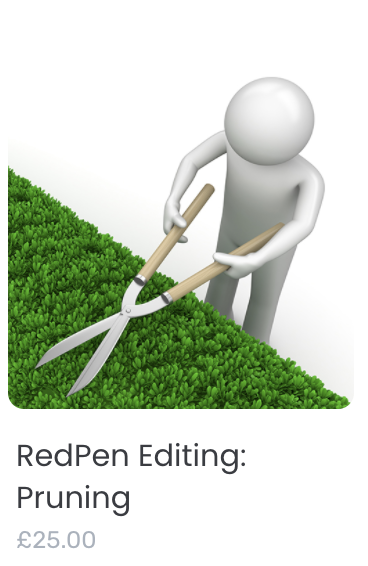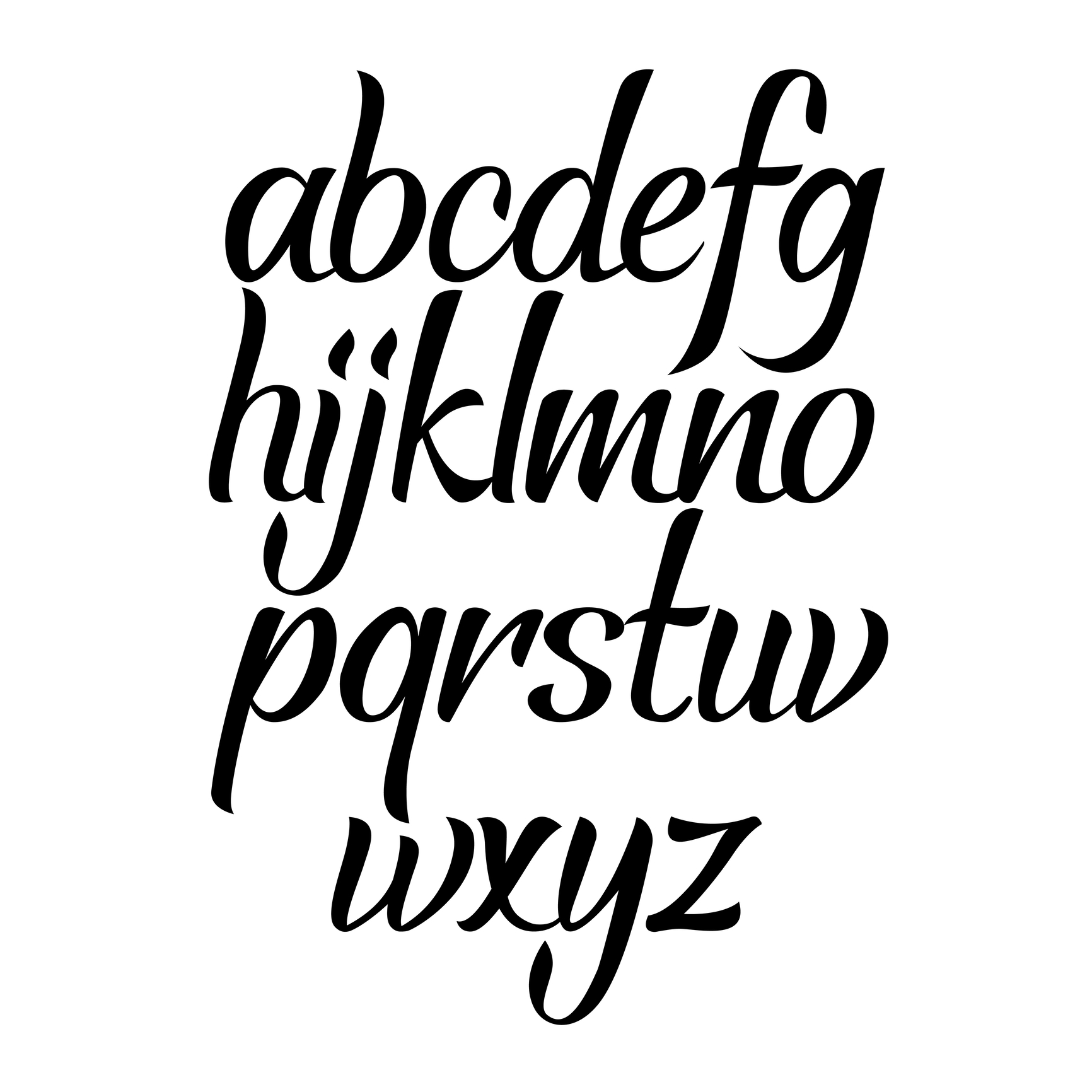Second-fix self-editing with Scrivener: Pruning
I’m now hard copy editing (i.e. on paper) and my main focus is on pruning, but Scrivener still has a role to play. Three tools come to the fore at this stage. Searching Collections Styles For those keen to learn how I use these tools: scroll down towards the end of this post where I share specific examples. Meanwhile, this blog post explains how to create collection when you do a search. ...










